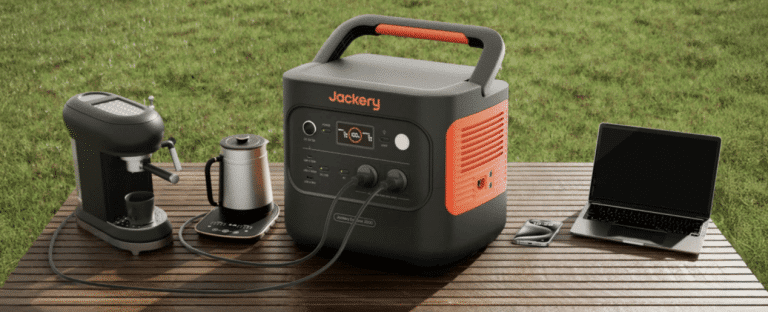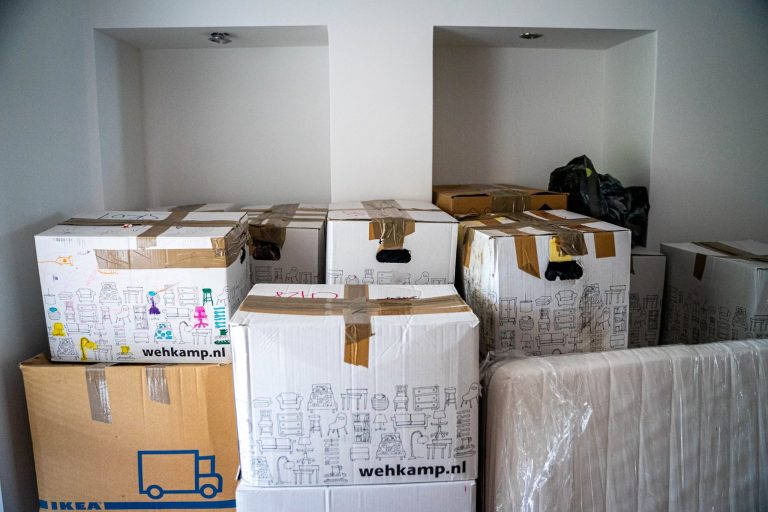Dust and debris are more than just an annoyance—they can impact indoor air quality, trigger allergies, and create extra work. Keeping your home clean and free from dust is essential for a healthier, more comfortable living space. Here are some practical tips to help reduce dust and debris in your home, creating a cleaner environment for you and your family.
1. Establish a Regular Cleaning Routine
One of the most effective ways to keep dust at bay is to create a consistent cleaning schedule. Daily or weekly routines prevent dust buildup, making each cleaning session easier. Prioritize high-traffic areas like living rooms, bedrooms, and entryways. Focus on dust-prone areas such as shelves, furniture, and baseboards. By regularly dusting and vacuuming, you can significantly reduce the amount of airborne dust in your home.
2. Install a Furnace with High-Quality Air Filters
One effective strategy for controlling dust and debris in your home is installing a furnace with a high-efficiency air filtration system. Furnaces circulate and filter air throughout your home, which can help trap dust, allergens, and other airborne particles, reducing the amount that settles on surfaces.
When equipped with a high-quality filter, a furnace can capture particles that would otherwise circulate and settle as dust. Look for filters with a Minimum Efficiency Reporting Value (MERV) rating of at least 8-12 for optimal dust control, as these filters are designed to capture smaller particles like pollen, dust mites, and pet dander. Some furnaces even support HEPA filters, which are among the most effective at trapping fine particles. Learn more about furnace installation here.
3. Invest in an Air Purifier
Air purifiers are another great tool for capturing airborne dust and improving indoor air quality. A good purifier can trap particles that are too small to be captured by standard filters, making it especially helpful for people with allergies. Place air purifiers in bedrooms, living rooms, or other areas where your family spends the most time. For best results, look for a purifier with a HEPA filter and choose a unit that fits the size of your room.
4. Keep Your Floors Clean
Floors can quickly collect dust and debris, especially in homes with pets or children. Vacuuming is essential, particularly if you have carpets or rugs that trap dust particles. Use a vacuum with a HEPA filter to prevent dust from being released back into the air. Hardwood, tile, and laminate floors should also be swept and mopped regularly to eliminate dust and dirt. Consider investing in a robot vacuum to help maintain clean floors in high-traffic areas.
5. Wash and Replace Bedding Regularly
Bedding can accumulate dust, sweat, and skin cells, creating an environment for dust mites, which are a common allergen. To keep your bed clean and reduce allergens, wash sheets, pillowcases, and blankets weekly in hot water. Don’t forget to wash or vacuum other bedding items like comforters and mattress covers at least once a month. For even more protection, consider using allergen-proof covers on pillows and mattresses.
6. Use Microfiber Cloths for Dusting
Microfiber cloths are highly effective for dusting because they capture particles rather than just pushing them around. They are also reusable and can be washed after each use, reducing waste. When dusting, start with higher surfaces like shelves and work your way down to prevent dust from settling on already-cleaned areas. Be sure to dust light fixtures, blinds, and other often-overlooked areas as well.
7. Control Humidity Levels
High humidity levels can make dust particles and allergens cling to surfaces, making them harder to remove. It can also create an environment for mold and mildew growth. Use a dehumidifier to maintain humidity levels around 40-50% to reduce dust and mold. In dry climates, a little humidity can actually help keep dust down, so consider a humidifier if your home’s air is very dry.
8. Limit Clutter and Dust Collectors
Cluttered surfaces provide places for dust to settle. By minimizing knick-knacks, decorative items, and open storage, you reduce dust-collecting surfaces and make cleaning quicker and more efficient. Use storage boxes or bins to keep items organized and reduce the amount of exposed surface area. Closed shelving units and cabinets are also helpful for keeping items dust-free.









